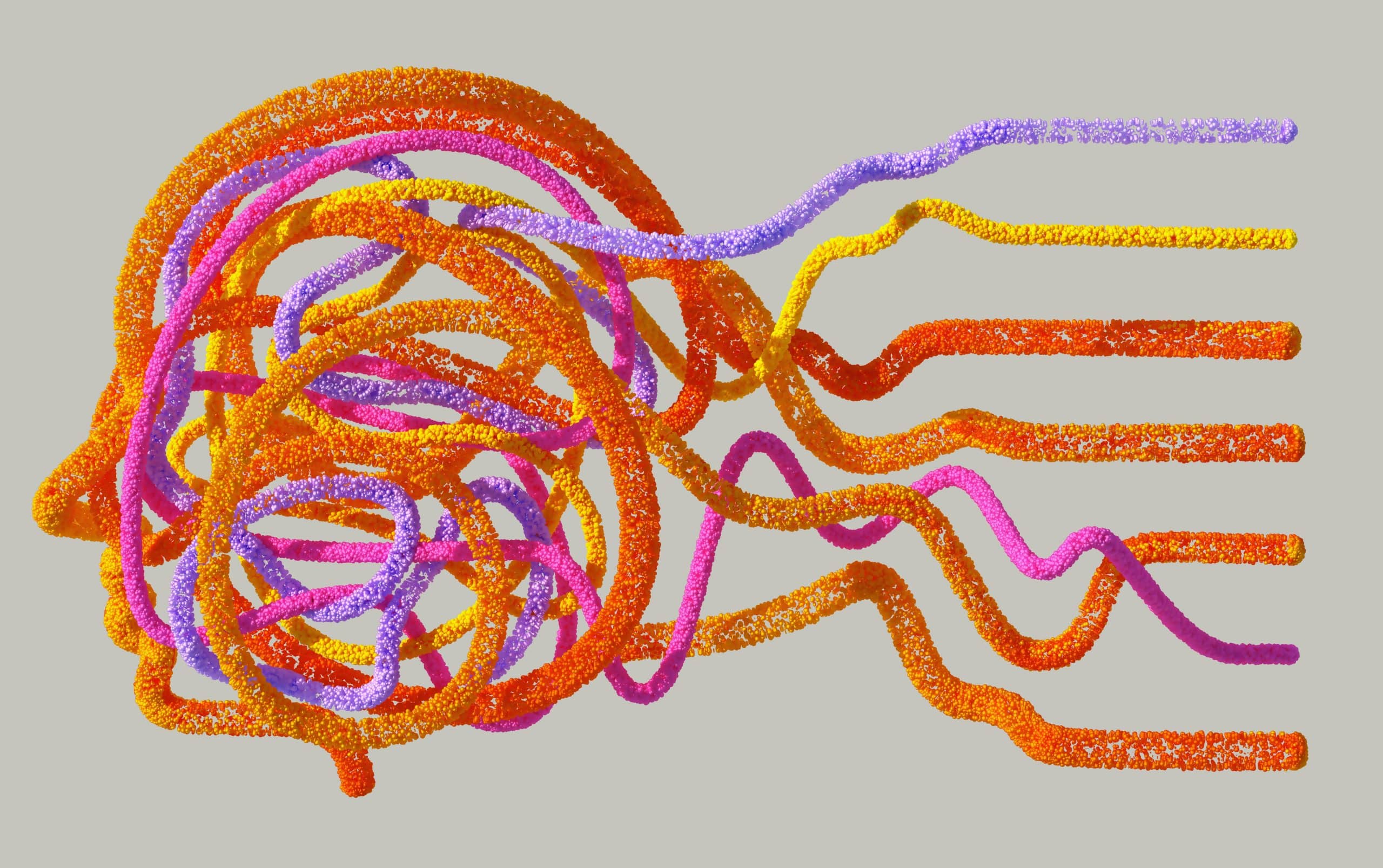You might have heard the term “personality disorder” before in passing. It isn’t uncommon for people to throw the term around when joking about personality quirks that people present in their daily lives. But these disorders are more than just silly quirks – they can truly be debilitating disabilities that affect how someone interacts with their environment and the people around them. Today we’re looking over the basics of what a personality disorder is, what types of disorders exist, and how we can break the stigma surrounding them.
What Is Personality?
According to the American Psychological Association, personality is a group of traits and characteristics that make up a person’s ability to adjust to different circumstances and go through life. Personality includes “interests, drives, values, self-concept, abilities, and emotional patterns.”. Everyone has a unique personality because we all grow up with different experiences, in different environments, and no two people will experience the world the same way.
Personality is important because it defines how a person interacts with people and the world. For example, if you have the trait of shyness in your personality, you might not be as chatty or outgoing as someone who does not share that trait with you.
What Is a Personality Disorder?
The simplest definition of a personality disorder is this: a group of traits and characteristics that is maladaptive and does not benefit a person’s ability to cope with daily life. In psychology, we use the term “disorder” to refer to any diagnosable condition that affects a person’s ability to live well. These disorders can be mild, moderate, or severe. It really depends on the person, their experiences, and their ability to go through treatment to overcome some of the characteristics that they display.
They are also highly stigmatized, and it is important to understand that nobody chooses to have a personality disorder – they are a direct influence of multiple factors including but not limited to genetics, environment, and experiences. You can carry personality traits but not have a personality disorder. Only a licensed psychologist or psychiatrist can diagnose you with a personality disorder.
Another important thing to recognize is that while some disorders are recognizable, they are not always fully treatable. We must look at personality disorders as we would look at any other illness. We often separate “health” from “mental health”, but the brain is the most important organ in our body. Mental health is health – end of story.
Types of Personality Disorders
Personality disorders are grouped into three clusters based on the basic traits and characteristics that are impacted and the symptoms that the disorders produce. These clusters are referred to as “Cluster A”, “Cluster B”, and “Cluster C”.
Cluster A disorders generally involve unusual or maladaptive thinking or behaviors such as paranoia or detachment from personal relationships. Disorders in this cluster are paranoid personality disorder, schizoid personality disorder, and schizotypal personality disorder.
Cluster B disorders involve erratic emotions and unpredictable behaviors. Each of these disorders is unique to itself and comes with its own set of difficult challenges. Individuals with Cluster B personality disorders might struggle with intense emotional instability and impulsive behavior. Disorders included in Cluster B are borderline personality disorder (BPD), antisocial personality disorder (ASPD), histrionic personality disorder, and narcissistic personality disorder.
Cluster C disorders involve extreme fear and anxiety. They include avoidant personality disorder, dependent personality disorder, and obsessive-compulsive personality disorder (not to be confused with obsessive-compulsive disorder, which is a separate type of mental illness).
How are they treated?
These disorders can be treated through medication, therapy, or a combination of the two. It can often be difficult for a person with a disorder to recognize that they need treatment though, and as such, a lot of the treatment comes after a person’s loved ones encourage them to seek help. There are no specific medications for these types of disorders, but some medications can be used to help mitigate symptoms – such as the anxiety, paranoia, or depression that comes along with them.
Some therapies, such as dialectical behavior therapy (DBT) and cognitive behavioral therapy (CBT) are used as the “gold standard” for certain personality disorders. For example, DBT was developed to help treat borderline personality disorder and is very effective when a patient goes through the entire curriculum.
How Can You Support Someone with a Personality Disorder?
First and foremost, you must understand that having this disorder is not the person’s fault – and even if they don’t realize that their behavior is damaging or difficult to deal with, it’s important to recognize that they don’t behave the way they do by choice. Loving someone with a personality disorder can be hard. It can take an emotional toll on caregivers and loved ones. My biggest advice is to remember that as difficult as it is for you, it is probably even more difficult for them. Have empathy for your loved one who struggles with this.
Encourage your loved one to go to therapy and take their medication if applicable. Encourage self-care and wellness habits so that they can find the right outlets and coping skills for themselves. Set boundaries. Boundaries are essential for interacting with people who have personality disorders. Make sure that you set and enforce limits on what is and isn’t okay to talk about and behaviors that are not appropriate.
Lastly, continue to love the person. It is so hard to live with a personality disorder – and many people try very hard to recognize their maladaptive behavior and work on it, even though it is in their nature to fight back against that progress. Showing them that you care is so important because it gives them a reason to continue learning.
Conclusion
Personality disorders are difficult to understand and as such, are highly stigmatized. Trying to understand the basics of what makes a personality disorder is the first step to supporting someone with one, or improving upon yourself if you have one. The first thing I did when I was diagnosed with BPD was read and learn about it – 5 years later, my life is much different than it was before when I had no idea what I was facing.
Continue to do your research, be aware of the stigma, and love yourself and your loved ones who suffer from personality disorders. If you do these things, you will be just fine.
Disclaimer: This article is intended simply to provide information. It does not replace the medical advice of a physician. Please speak with your doctor if you have any questions or concerns.
For More Great Content
Total Apex is an all-encompassing content producer. We provide heavily detailed articles every day on entertainment, gaming, sports, and so much more! Check out all our great sports content Total Apex Sports. Check us out on X @TotalApexEandG and our other sites: Total Apex Sports Bets and Total Apex Fantasy Sports. For more articles by Audrey Allen, click here!











